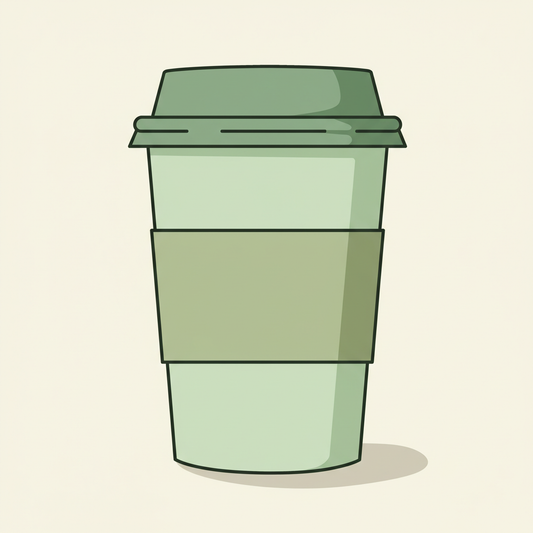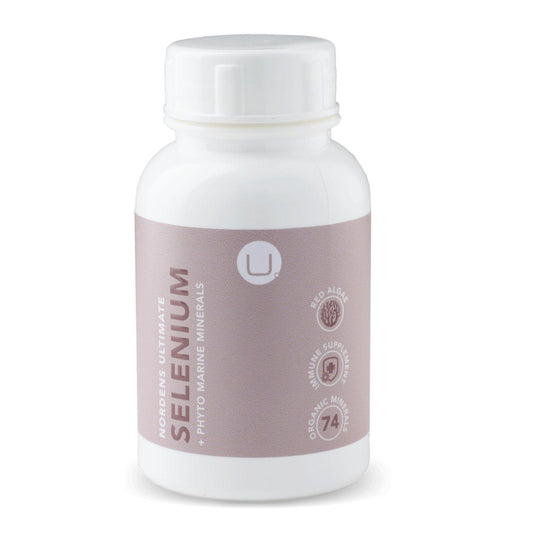Could your thoughts be making you ill? PTSD sufferers know what an 'amygdala hijack' is. What is hijacking your thoughts? Can you direct your thoughts differently for a better you, for a healthier you? Let's see how.
The Fundamental Operating Process of Your Mind
Computer systems are based on fundamental operating processes:
‘Input, Throughput, Output.’
So, no, your computer doesn’t do stuff ‘by itself’. It can only deliver what it’s been programmed to do. A human mind is infinitesimally more complex, but simply put, it is comprised of complex neural processes in the throughput stage, which began with input and end with output.
The output is the action delivered from processing the first two steps.
What Constitutes ‘Input’?
Input, referencing what comes into the mind, originate in two key sources:
- External: information out of our control in the form of circumstances
- Internal: information we internalise from external input, or that which we generate in our own thoughts (the body reacts whether things are real or imagined)
This is the pivotal point from which you can take control of your lives because more than what you realise is actually in your control. Even the external input, i.e. circumstances, are still computed by you as either negative or positive.
As the Pareto principle expresses: ‘80% of outcomes result from just 20% of causes.’ So, 20% is the external cause or circumstance out of our control but 80% constitutes the perceptions and emotion you attach to the event.
What Constitutes ‘Throughput’?
When either your external experiences or your internal feed hit the neural pathways of your brain, they are not neutral. They carry either a positive or negative charge.
Whatever reaches this stage cannot bypass being overlaid and influenced by your organic or dominant disposition. This is where 'facts' are shaped into personal perspective and experiences become cemented by what you imagine you can or cannot live with.

The Role of Fight /Flight Response
When there is a real emergency, the charge is not necessarily labeled ‘negative’ because the body will gear you by flooding your system with the adrenal hormones and chemicals needed for you to respond proactively and protectively as the case may be. That is not a negative process. The fight or flight response has a healthy place in the human experience.
But here’s the key; whether real or imagined, the body response is the same.
Usually, the body returns to pre-fight/flight mode in about 20 minutes. Unresolved trauma, however, holds the body in a perpetual fight/flight state. That will adversely affect your health because the body keeps score.
Faux Alerts Generate Freeze/Fawn Responses
When there is no actual flight or fight situation in real-time, such as when you imagine or perceive a thing negatively, those healthy processes have no outlet. They are faux alerts that generate a freeze or fawn response for the chemicals and hormones generated.
Unhealthy freeze responses create the overwhelm that paralyses. When an event or experience is imagined or perceived - as opposed to being real - it puts stress on the dorsal branch of the vagus nerve in the parasympathetic nervous system, where the trauma is absorbed.
But just like the shock-absorbers on your vehicle can’t take an endless pounding without giving way, the vagus nerve becomes overloaded causing a parasympathetic system shutdown.
‘When the dorsal vagal nerve shuts down the body, it can move us into immobility or dissociation. In addition to affecting the heart and lungs, the dorsal branch affects body functioning below the diaphragm and is involved in digestive issues,’ explains Dee Wagner in a Counseling Today article (a recommended read)
Starting to get how physical health - or lack thereof - is created by your thoughts?
The Lesser-Known Fawn Response
Stockholm syndrome is born of a fawn response. Unhealthy, co-dependent attachments are made in an attempt to protect one in the face of a real or imagined threat.
People in toxic relationships, which are real, imagine that fawning will save them from their fears and frights. In its worst manifestation, the fawn response will lead to a loss of self. The dis-ease tolerated in these circumstances results in ill health.
What Constitutes ‘Output’?
Once you get that your own thoughts and interpretation of circumstances define your disposition and dominant mental attitude, you are in a better position to alter what is unhealthy for you.
While your functional brain may contain the software as it were, to process experiences, your mind is not the software. Instead, think of this part of you as a result of the operation and activities of the billions of neural connections.
To illustrate, just as billions of business transactions result in the national economy, your mind, your will, and your consciousness, are emergent property of the brain, born from all that’s gone on in your neural circuitry.
Within that emergent field is the real you, the inner you, which is essentially free of the twists and turns layered upon it by your experiences and perspectives. This aspect of your awareness is what you need to harness to make over, or reshape what might have become of you.
What you present with - to the world and often to ourselves, is described as your personality, which is evidenced by your behaviour patterns. At its best, your personality possesses qualities in balance. At worst, those qualities have an overt or covert aspect to them, both of which are off your true nature, out of synch with your true north as it were.
Your life’s work is about constantly calibrating yourself back to the innocent you, untainted by the fears - real or imagined, that distort you and unbalance your actions or your output. Your job is to make your mind over, wherever it’s been hijacked by your perspective or by brain chemistry - which is a subject for another day.
The mind can be re-wired and you can return to the real you as you peel back the layers you added imagining they’d protect you.
Critical factor: How you think is what guides how you feel, which impacts on your health and on how you act. Thinking the right thoughts means you feel the right way and do the right things. It’s not rocket science - you can do it one moment at a time, one day at a time for as long as you live.

Handy Stress Release Tips
Here are some tips we found on an online Trauma and Vagus Nerve article to help you release stress appropriately
- Trace Your Hand Breathing: Trace your fingers, breathing in as you go up and breathing out as you go down. Go around your hand 3 to 5 times.
- Thumb-touch 'I am Okay' Technique: Using each of your hands - touch your thumb to your pinky finger, then move it to your index finger, middle finger, and ring finger (the order matters). As you do this bi-lateral motion, say to yourself, "I am OKAY", repeating this action 3- 5 times.
- Grounding Yourself with Mr Feet: Stand firmly with both feet on the ground. Notice gravity and that it holds you safely. Straighten your back, Relax your shoulders. Breathe in and breathe out. Hum or sing a comforting song to yourself.
- ‘On Purpose’ Breathing: Breathe in through your nose to the count of 4. Hold your breath for 2 seconds, then exhale out your nose to the count of 5 or 6. Repeat over and over and over…
- Wear Something That Anchors You: Select or make a bracelet, ring, or wear a color that makes you feel safer. Touch the object if you begin to feel upset inside your body to bring your attention back to ‘on purpose’ breathing in and out.
Conclusion: Without making the effort to be mindful and aware, we will likely live life on automatic pilot. That is a fast track to victimhood - being swept here and there by circumstances like a ship without a rudder.
If you don't want to find yourself up the creek without a paddle, then take charge of yourself and paddle purposefully. Make mindfulness practices a daily personal protocol because there's only one thing you have to do every day is show up the best you can be.
Taking care of yourself includes looking after your physical health too. Explore the Cures & Creams online store and source the natural remedy that’s just right for you and your loved ones.
Take advantage of running specials, reward points and repeat order subscription benefits.
Disclaimer: This article is for informational purposes only and does not constitute professional medical or psychological advice. Please consult with a qualified healthcare professional for personalized guidance.






